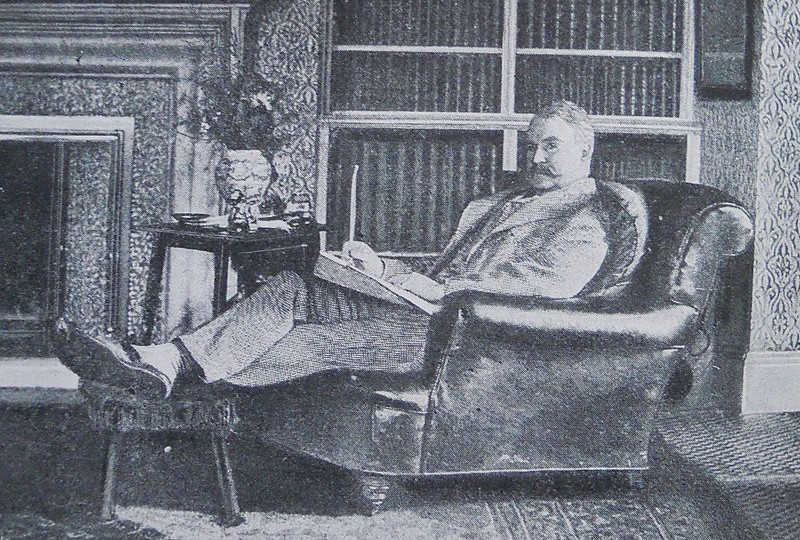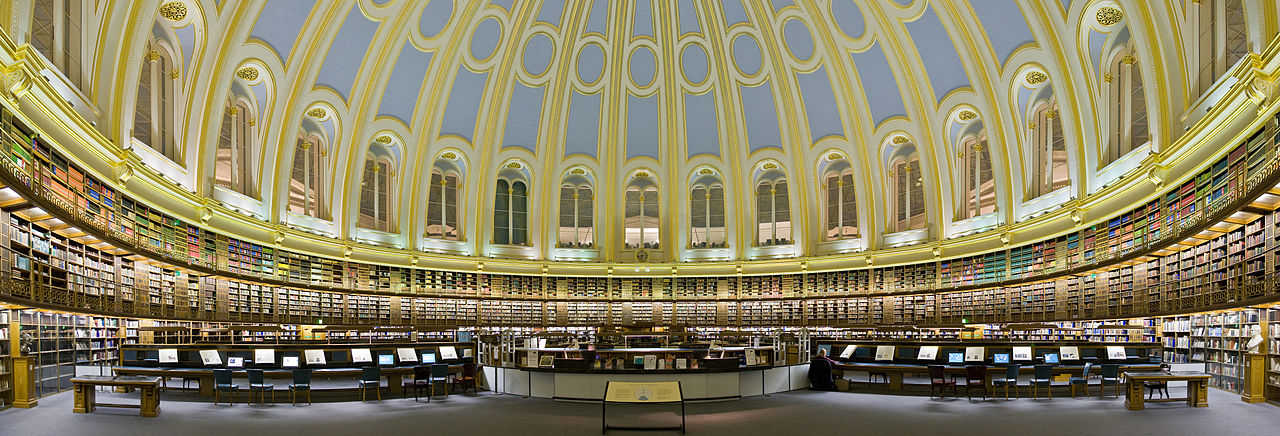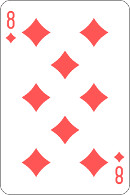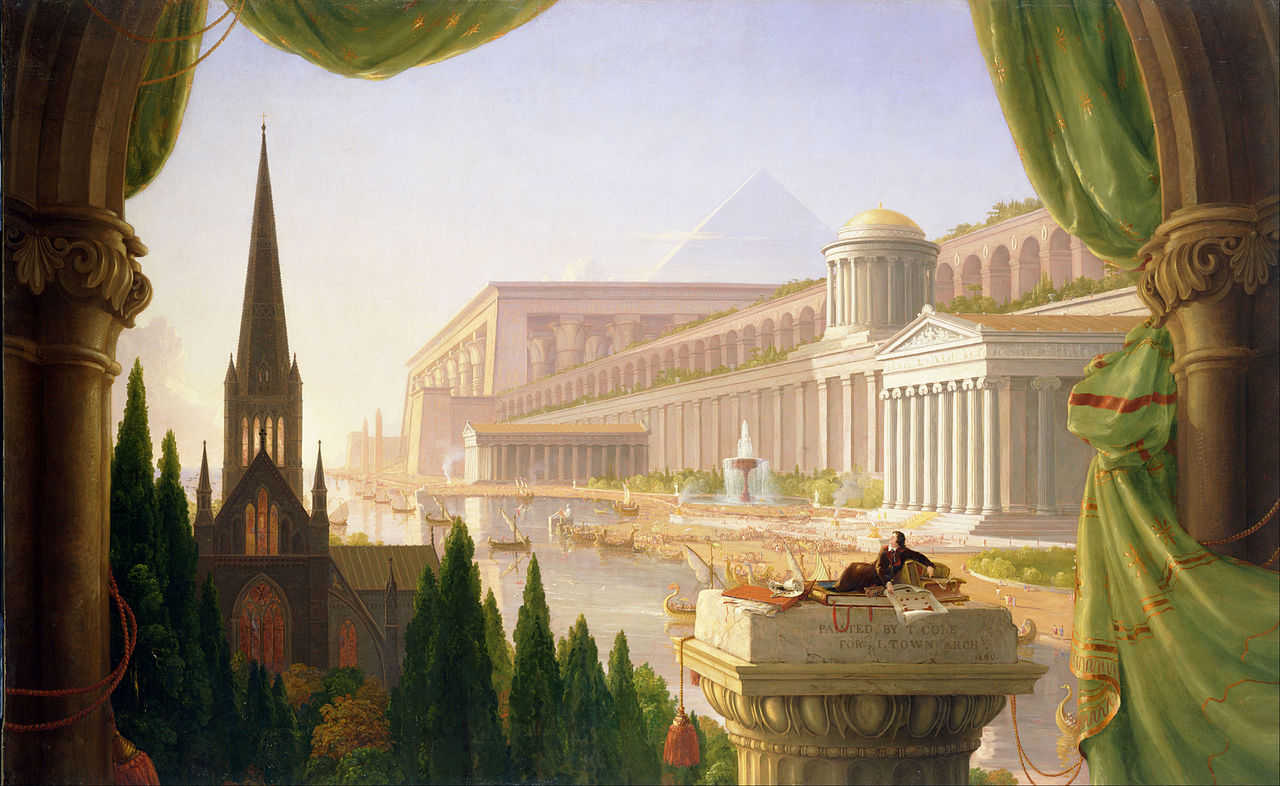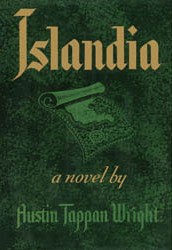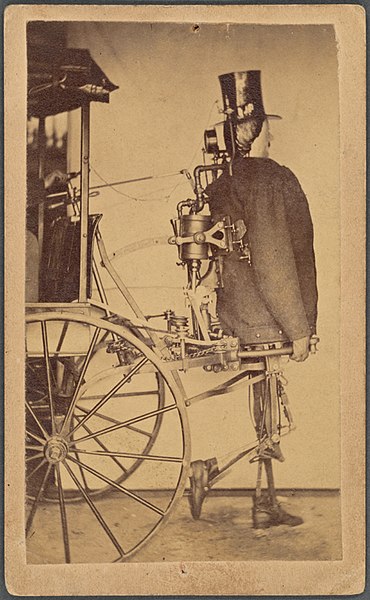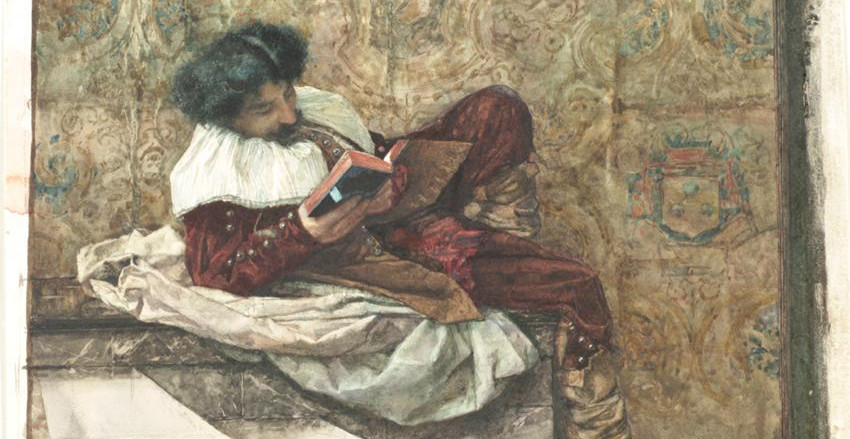In 1878 R.W.S. Ralston, assistant librarian of the British Museum, wrote to Leo Tolstoy asking for some biographical information for an article he was writing. Tolstoy wrote back:
Dear Sir,
I am very sorry not to be able to give you a satisfactory answer to your letter. The reason of it is that I very much doubt my being an author of such importance as to interest by the incidents of my life not only the Russian, but also the European public. I am fully convinced by many examples of writers, of whom their contemporaries made very much and which were quite forgotten in their lifetime, that for contemporaries it is impossible to judge rightly on the merits of literary works, and therefore, notwithstanding my wishes, I cannot partake the temporary illusion of some friends of mine, which seem to be sure that my works must occupy some place in the Russian literature. Quite sincerely not knowing if my works shall be read after a hundred years, or will be forgotten in a hundred days, I do not wish to take a ridiculous part in the very probable mistakes of my friends.
Hoping that on consideration of my motives you will kindly excuse my refusal,
I am yours faithfully,
Count L. Tolstoy
Ralston got the information from Turgenev. His article appeared in 1879 under the title “Count Leo Tolstoy’s Novels.”

